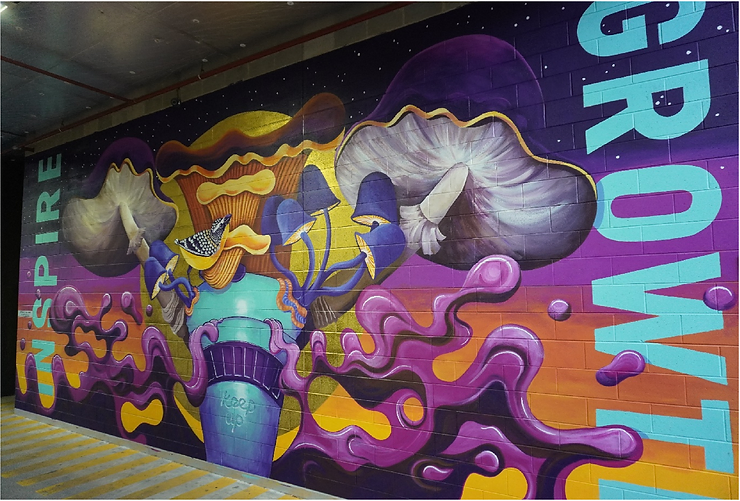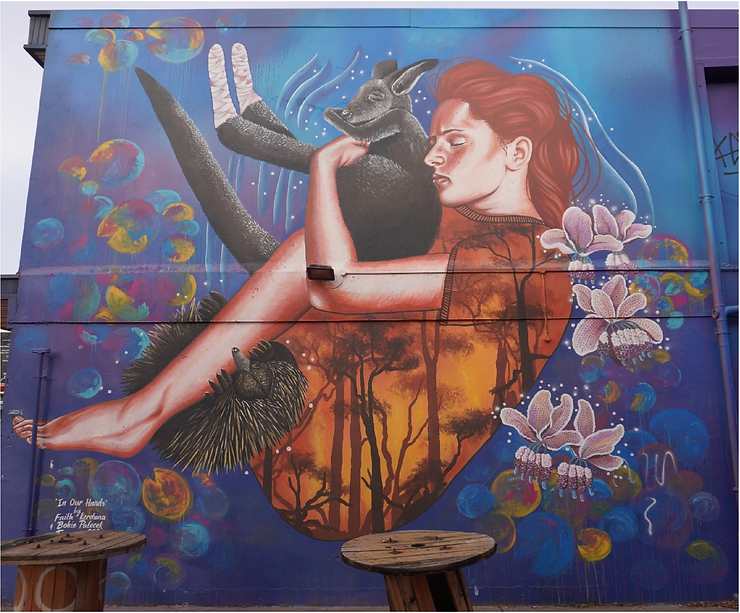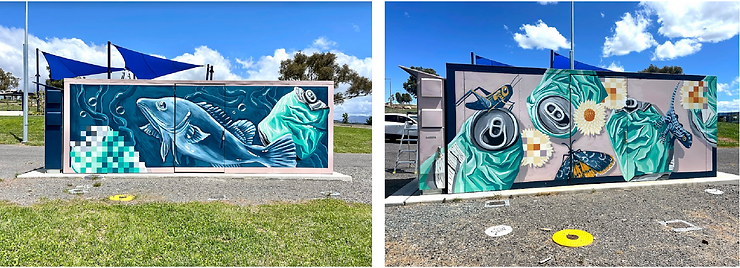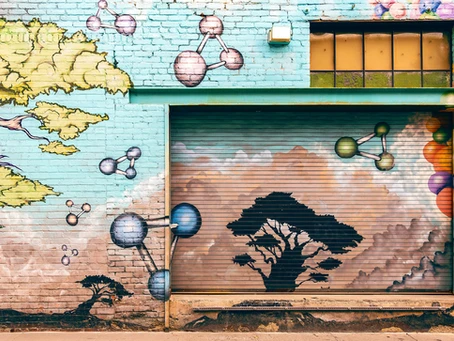A picture worth more than a thousand words
By Rebecca Dang
Title: Street art as a vehicle for environmental science communication
Author(s) and Year: Blake Thompson, Anna-Sophie Jürgens, BOHIE, and Rod Lamberts (2023)
Journal: Journal of Science Communication
TL;DR: Through various artistic techniques to create visually striking pieces, street art has the potential to foster dialogue among artists, local communities, and researchers during the creative process.
Why I chose this paper: I have always been captivated by the intricate interplay between art and science. Art can evoke emotions and ignite the imagination in people of all ages. On the other hand, science provides a framework for investigation and discovery. For me, the intersection of art and science represents an exciting realm where creativity and analytical thinking collide.
Background
There is a common myth that science and art are polar opposite disciplines. While the unique fields have their different concepts and techniques, the intersection between the fields fosters new avenues to learning and discovery. For example, visual art can be used in comics to engage a young audience in science communication. Street art can be an effective technique to encourage people to engage on topics such as the environment. However, there is a lack of scientific literature examining environmental science street art.
The Study
Thompson and colleagues aimed to examine how large visual murals portraying environmental illustrations can engage people in the local community. They explored three main questions: how environmental art can be applied outside of an academic institutional setting; the various strategies that street artists use to convey an environmental message in their murals; and how street art can be used to communicate environmental science in the local communities.
Methods
Thompson et al., selected 3 large-scale and recently created visual murals illustrating a literal (rather than abstract) environment scene captured on a wall (Figures 1, 2, and 3). Then, they discussed with BOHIE, a multidisciplinary Australian artist and creator of the 3 murals about her interpretation of each image. Combined with their conversations with BOHIE, the researchers examined the different parts of the murals, like their visuals and stylistic techniques, to understand how the murals create an environmental meaning.



In addition to BOHIE’s reflections, researchers qualitatively analyzed individual components in each mural and how it connected to the intended message by BOHIE. The qualitative method uses textual analysis on the murals. This method involves in-depth examination of the visual elements to understand the intended message and the context in which the image was created. The authours interpreted the murals in their own way. There is not a formal strategy in that, by the authour’s own admission, someone else’s interpretation may be different.
Findings
Based on discussions with BOHIE, Thompson et al., found that the mural provided a narrative about sustainability (Figure 1 and 3) and climate change (Figure 2). These images can influence audiences’ perceptions of the world and a sense of enjoyment through the visual aspects. Environment theme murals can reflect on people’s relationship to the environment, as revealed in BOHIE’s reflections. Thompson and Jürgens themselves express how hearing BOHIE’s reflections on connection with the environment, art and communities encouraged them to think about different approaches to inspire change in their science communication.
By analyzing individual parts of Inspire Growth (Figure 1), researchers found that BOHIE used the strategy of surprise to convey a pro-environmental message. Instead of making Australians feel guilty about their food waste, Inspire Growth uses humour and juxtaposition to convey an environmental message. Whereas, In Our Hands (Figure 2) uses the strategy of hope to elicit a feeling of connection, as BOHIE wanted to portray “strength and regrowth through adversity”.
The selected murals were also found to have scientific concepts that are entertaining and that encourage dialogue related to environmental science and climate change. Since the murals are located in a public space, they can facilitate an informal learning space outside of institutions, school systems and news media – contributing to valuable public pedagogy.
Takeaway
The expression that a picture may be worth a thousand words may be selling short the value of art for science communication – it may be worth a thousand conversations. Street art can bridge a gap between science and the public by making environmental science accessible. It can evoke strong emotions such as surprise, hope, and humour leading to deep dialogue about environmental issues.
Science communicators can learn a lot from engaging in discussions with artists to learn how artists creatively capture people’s attention, as it can broaden their understanding of research and public outreach. Through collaboration with scientists and researchers, street art can be a form of creative science communication that repurposes public spaces for educational purposes.
Edited by: Sam Ridgeway and Niveen AbiGhannam
Cover image credit: ShonEjai from Pexel.com

